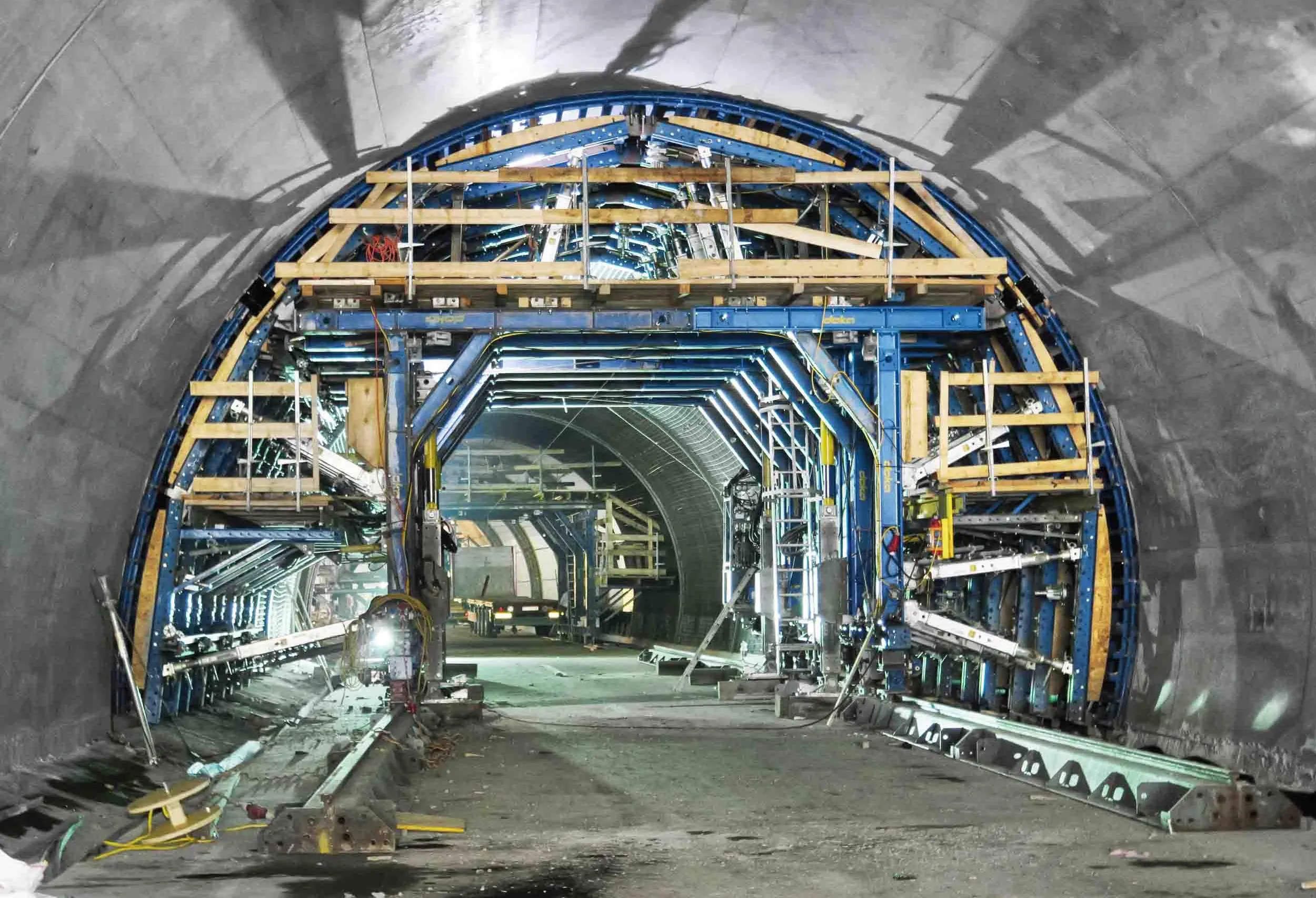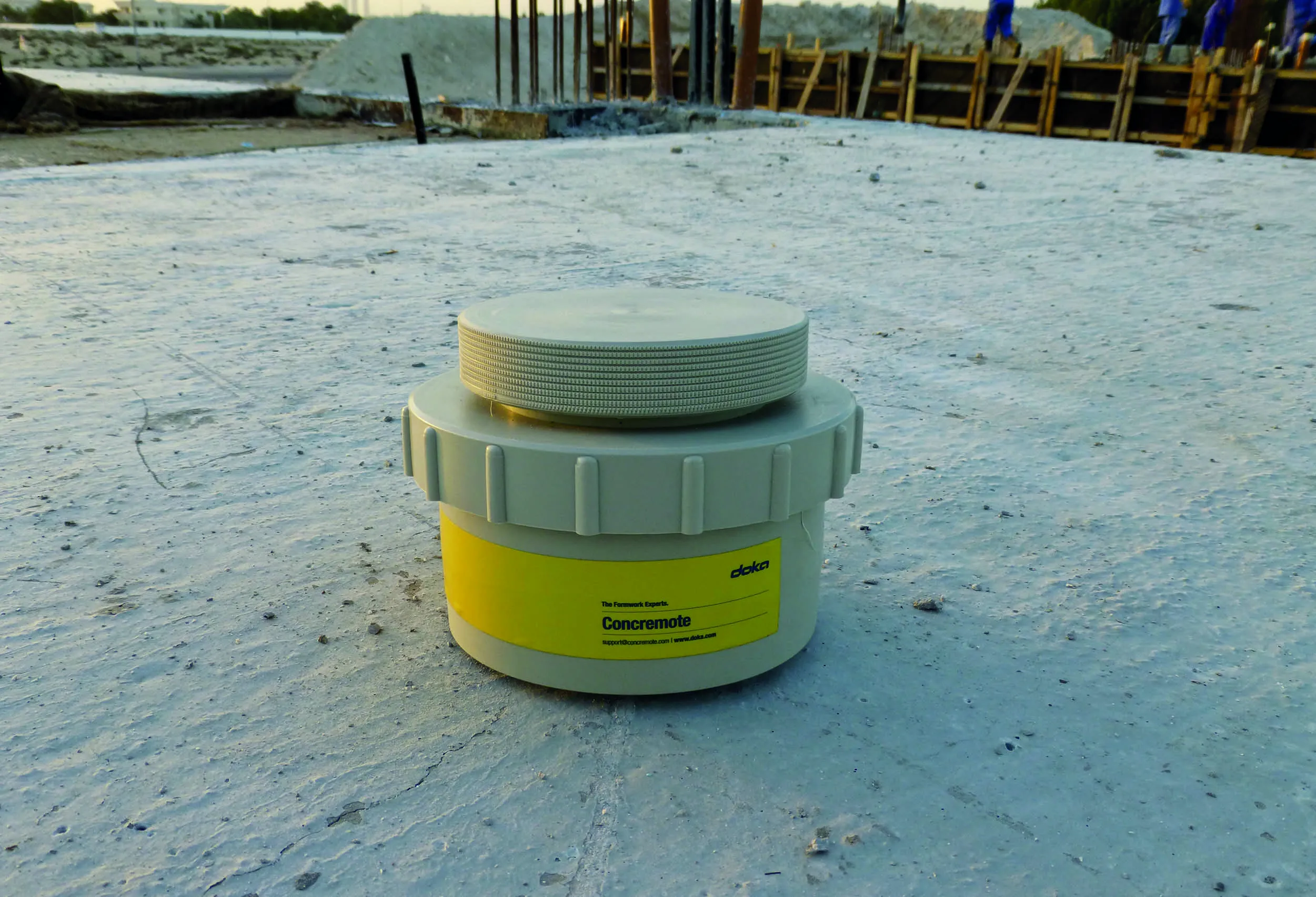A key section of the busy A12 route in Austria’s Tyrol area has been refurbished with help from formwork specialist Doka. The company devised a formwork traveller featuring steel panels so as to help build a new inner shell for the twin-tube Senftenberg Gallery tunnel. The job involved 36 pouring sections for work on the first tube followed by a break to accommodate winter tourist travel. After some minor modifications the same formwork traveller was then re-used for another pouring a further 36 sections on
January 4, 2017
Read time: 2 mins

A key section of the busy A12 route in Austria’s Tyrol area has been refurbished with help from formwork specialist 203 Doka. The company devised a formwork traveller featuring steel panels so as to help build a new inner shell for the twin-tube Senftenberg Gallery tunnel. The job involved 36 pouring sections for work on the first tube followed by a break to accommodate winter tourist travel. After some minor modifications the same formwork traveller was then re-used for another pouring a further 36 sections on the second tube.
The job involved the renovation of the twin-tube highway tunnel with an existing centre wall and V-shaped columns. The 360m long tunnel sections are 10m wide by 6.5m high and the work was carried out by contractor945 Strabag.
Formwork sheet made of steel panels was employed as this ensured a long lifespan and a high-grade concrete finish, allowing the pouring of 72 sections without replacing the panels. The formwork traveller met key requirements for the work and was pre-assembled by Doka, cutting costs for the contractor.
The job involved the renovation of the twin-tube highway tunnel with an existing centre wall and V-shaped columns. The 360m long tunnel sections are 10m wide by 6.5m high and the work was carried out by contractor
Formwork sheet made of steel panels was employed as this ensured a long lifespan and a high-grade concrete finish, allowing the pouring of 72 sections without replacing the panels. The formwork traveller met key requirements for the work and was pre-assembled by Doka, cutting costs for the contractor.








